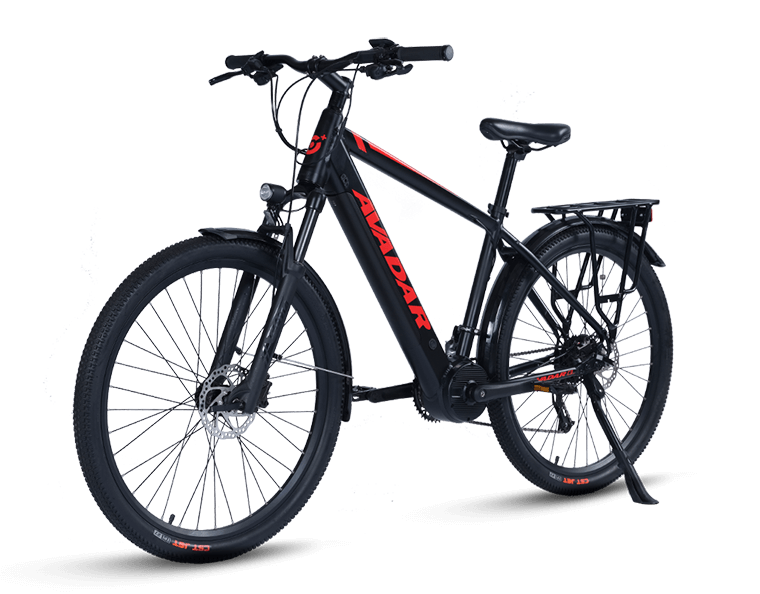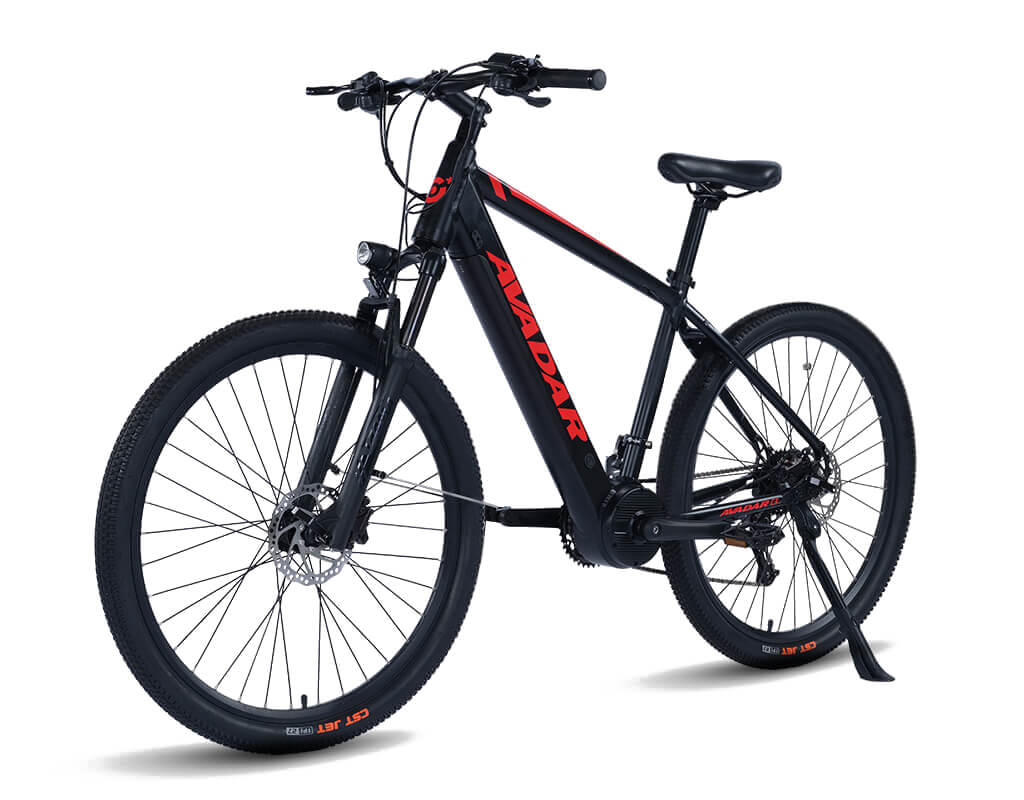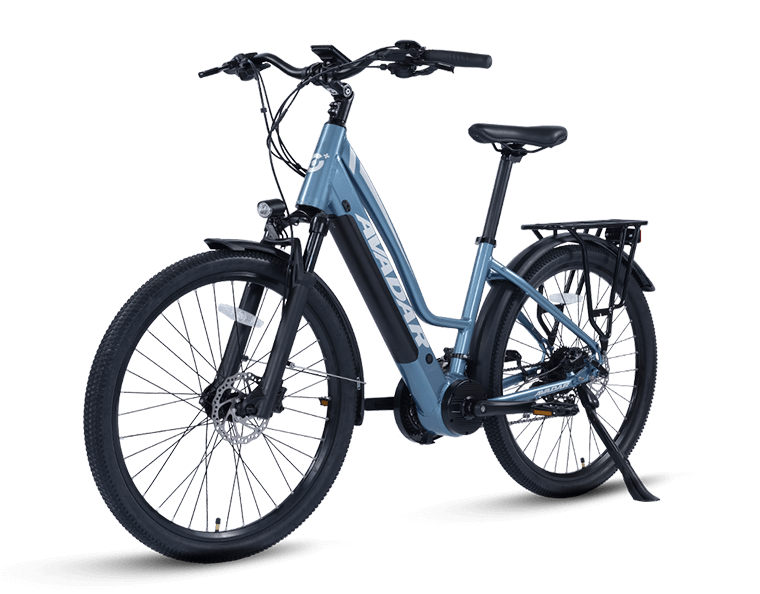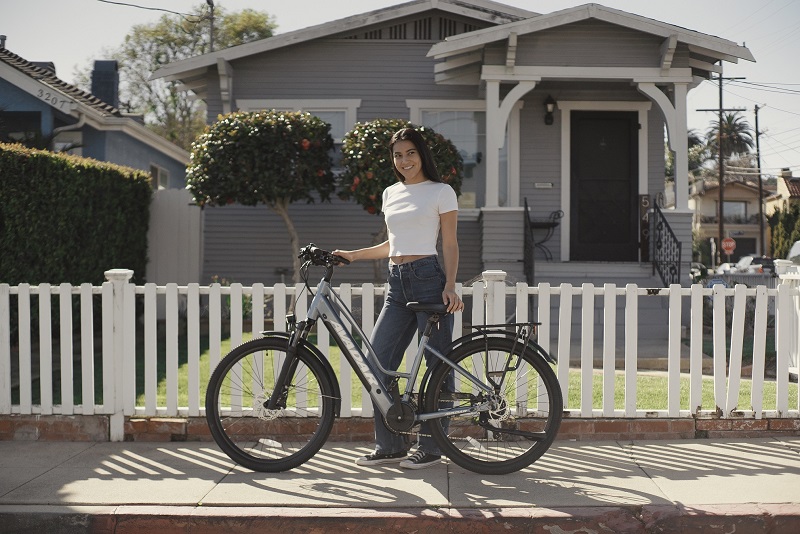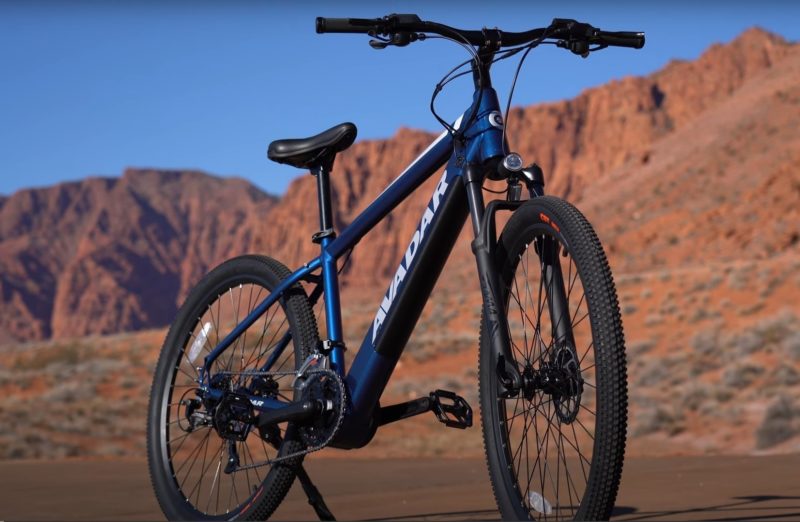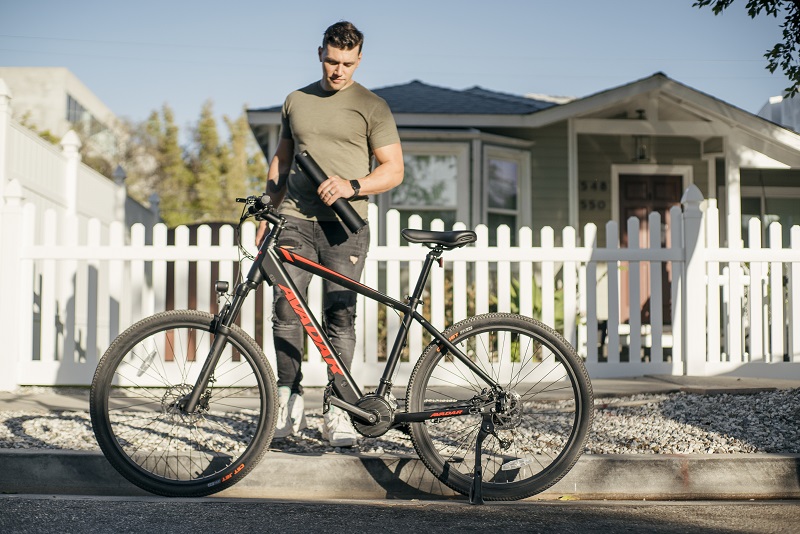
Enjoy Bikepacking this Fall: 2022 Guide with Checklist
Overnight bikepacking is always interesting, even if you have done it a million times. Few things compare to being able to sleep right under the stars. Such trips are good for taking a break from the vicissitudes of life, spending time in a very simple way, and escaping stress.
A short bike ride of less than a full day is a small adventure that is quick, easy, and fun if you have the necessary equipment. It is not necessary to spend a lot of money on all this – it is enough to plan a few things in advance. In general, if you are ready, take a bike and make this little trip.
What is bikepacking?
Actually, bikepacking is about properly packing your bike with everything you need for a multi-day trip. Everything is about the same as normal hiking, except that here you have a bike with you.
Such trips are usually associated with autonomous travel to faraway places, although there are no rules for what can be considered real bikepacking. Everything is very simple: if you ride a bike and spend the night in nature, using only what you brought with you, then it’s bikepacking.
What is the difference between cycling and bikepacking?
Bikepacking is traveling on a road bike with a clothes bag, carrying everything you need. Such a trip can last several days, weeks, or even months.
Bikepacking is usually referred to as an off-road variant of bike tourism. Bikepacking bags and bikes usually suit the unpaved, gravel, and often mountainous trails on which these bike trips take place. Because of the more difficult riding conditions, participants tend to carry fewer items and use lighter equipment such as bivy bags instead of a tent with a sleeping bag.
What kind of bike do you need for bikepacking?
First of all, off-road travel requires a suitable bicycle. If you know that the route will have a minimum of asphalt and many bumps, then it is probably better to choose a gravel or mountain bike. As a precaution, not every mountain bike is suitable for this (for example, a downhill bike will not fit exactly), and you need to choose a bike that is suitable for both uphill and downhill riding.
How to find routes for such trips?
Of course, we like to plan unique trips ourselves, but sometimes it is good to entrust this to someone else. It’s nice if the first trip is not very far from home, in an area you know – in this case, you can test your equipment, and if you suddenly need to return urgently, it will not be a big problem.
To find routes, you can use special applications – for example, Komoot. There you can search for other people’s routes as well as create your own. We advise you to look at the total length and the gradient of the route before the tour – this way you will have a rough idea of how long the tour will take.
There is also a website like Bikepacking.com where you can find some routes that others have already tried. The site offers routes in different parts of the world, both for gravel bikes and mountain bikes.
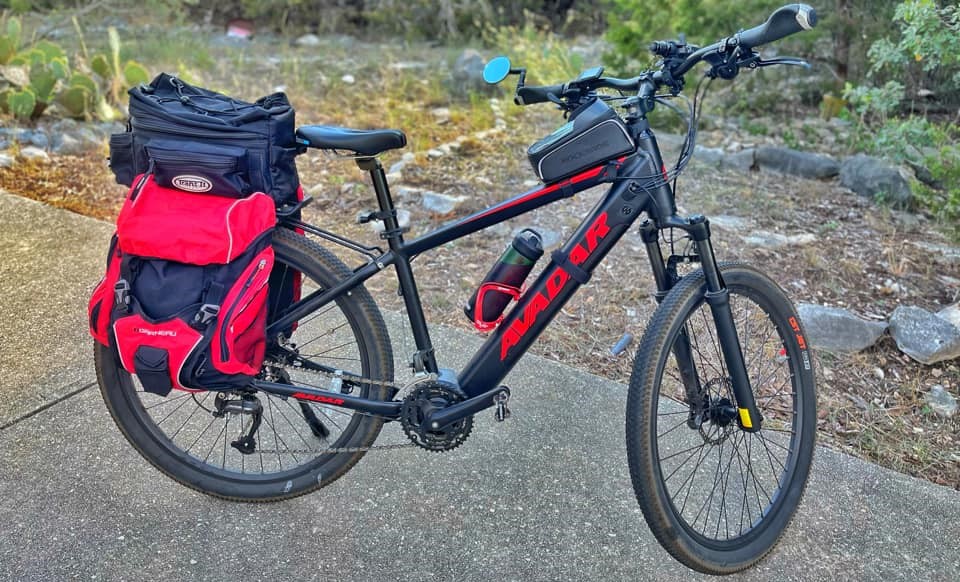
What equipment is needed for bikepacking?
You will need something to sleep in: a tent, a hammock, a bivy sack, maybe a sleeping bag and a mat. As for warm clothes, it’s best to take a little more than you need – just in case. And, of course, you’ll need bags to carry it all in.
What is best for sleep?
Lightweight bikepacking kits usually use bivy sacks or tents instead of tents and sleeping bags – they are not as bulky and weigh less. A bivy sack is essentially a sleeping bag with a waterproof shell, similar to a large sock. An awning is a piece of waterproof and windproof fabric that you hang over your mini-camp before going to sleep.
It’s clear that all of these options have their pros and cons: Some people prefer to sleep in an enclosed space (tent or hammock) rather than directly outdoors. Another factor to consider when choosing equipment is the weather. For example, if rain is predicted, you will probably still prefer a tent – so that all things stay dry.
Sleeping bag
Keeping warm while sleeping is an important task. You can not sleep well in the cold, so all you need is a good sleeping bag. Which sleeping bag is best depends on what temperature you are used to sleeping in and what the weather will be like at your destination. For example, an insulated winter sleeping bag is not the best choice for the Spanish desert in the middle of July.
The thinner the sleeping bag, the lighter it is, but this is where you need to decide if a thin sleeping bag is for you. Before buying, check if the sleeping bag is suitable for your hike and what temperature ranges it covers.
Bikepacking clothing
Temperatures always drop at night, and when you are out riding, you should warm up a bit. For example, woolens are good for keeping warm both when riding and sleeping. And if you are pitching a tent or blowing up a blanket, it’s a good idea to wear an insulated jacket – yes, that’s also a good addition for any bike enthusiast.
Ultimately, it depends on what kind of gear you need, whether you are warm or cold at night. But everyone has their own preferences here, and there can be no universal solutions – it’s just trial and error. After several trips, however, you will already know exactly what you need.
Bicycle bags
If you have already decided a little bit about the equipment, it would be time to decide what you want to transport it all. You can start with a modest bike bag. They are small but spacious and can be hung on almost any bike.
These bags are different, and here are some options that you can consider:
- – Saddle bag
– Handlebar bag
– Top tube bag
– Mounting bag in the front frame triangle
Saddlebags and handlebar bags are ideal for bulky items that you do not need while riding. For example, you can stow a sleeping bag, a bivy sack, or a wool blanket there – all that you get only before the overnight stay.
The bag on the top tube holds money, snacks, and other small items that you are likely to need on the road.
Finally, the pocket inside the frame is ideal for storing tools and spare parts. Of course, everyone hopes you will not need them on the road, but in case of an unexpected breakdown or damage to your camera, you need to have them with you.
Bikepacker checklist
The final list may be different for everyone, but you can start with our list, especially if you have no experience with it. In general, here is, the list:
- Sleeping gear: sleeping bag, tent/hammock/bivy sack, mat.
- Clothing: skating clothes plus thermal underwear, padded jacket (preferably synthetic so you do not freeze even when wet), hat, socks for camp.
- Cycling accessories: helmet, running shoes, bicycle lights, bags.
- Batteries or power bank, cable.
- Headlamp (it is useful when you pitch a tent in the dark).
- Food and water (think in advance about what you will eat for breakfast and lunch and how you will prepare it).
- Hygiene items: Toilet paper, toothbrush, and toothpaste.
- Tire repair kit and tools.
- First aid kit – anything can happen!
That’s all – now you are ready for the first overnight bike ride.
Once you have decided on a route, gathered all the equipment, and prepared the bike, you can finally set off. If you are tired of traveling alone, you can always take friends along. Because the only thing better than skiing with friends is skiing followed by an overnight stay.
